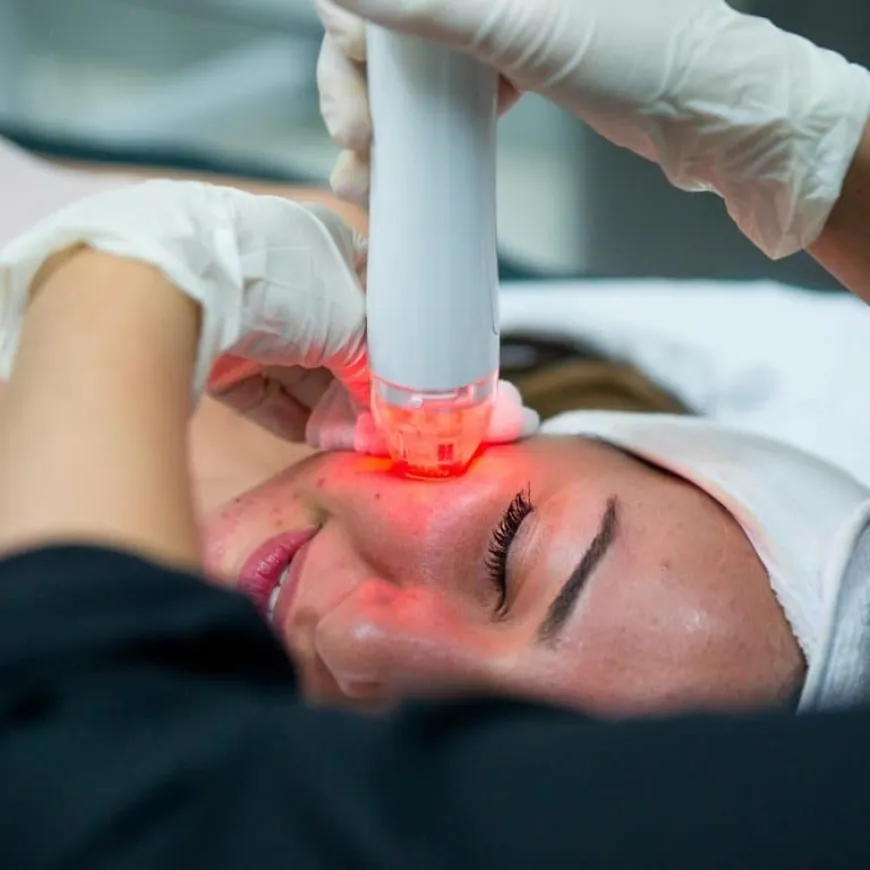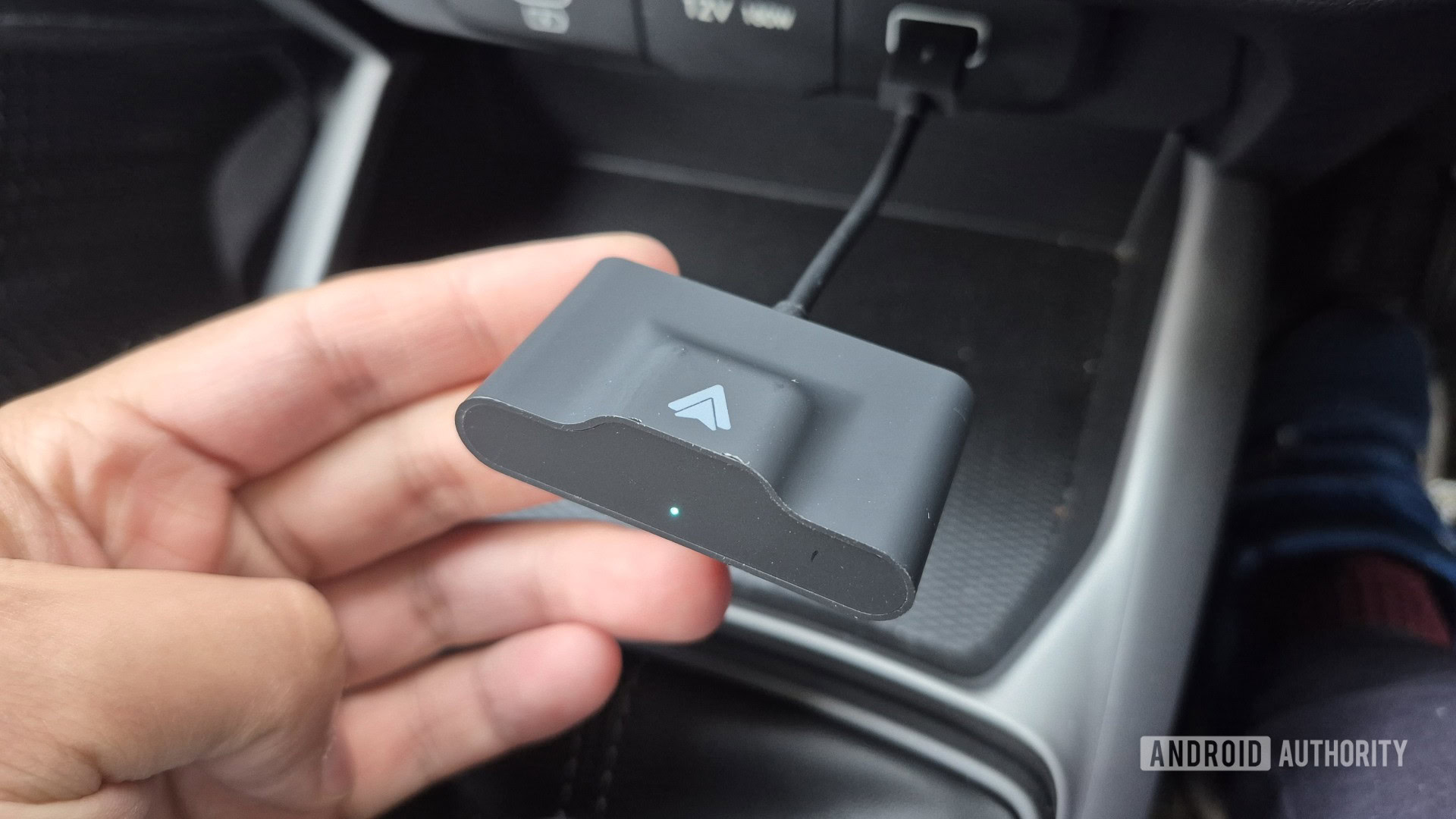Assessing Your Skin Type for Fractional RF Microneedling in Dubai
Your skin can be improved with a non-invasive and effective treatment that creates micro-wounds. Read to learn more about Fractional RF Microneedling in Dubai, Abu Dhabi & Sharjah.

Fractional RF (Radiofrequency) Microneedling is a powerful skin treatment that combines traditional microneedling with the added benefit of radiofrequency energy. This combination targets the skin's deeper layers, helping to stimulate collagen production and improve overall skin texture and firmness. The treatment is especially popular in Dubai for addressing a variety of skin concerns, including acne scars, wrinkles, and uneven skin tone, with minimal downtime. However, a key aspect of ensuring optimal results is understanding and assessing your unique skin type before proceeding with Fractional RF microneedling in Dubai.
Importance of Skin Type Assessment
Determining your skin type is essential for tailoring fractional RF microneedling to your skin’s specific needs. Skin type influences how your skin may respond to treatment and how effectively it can handle radiofrequency energy. Without a thorough assessment, there is a risk that certain skin types may not respond optimally, potentially leading to unsatisfactory results or less improvement than expected. A professional skin type assessment provides a foundation for achieving the best possible outcome from fractional RF microneedling.
Common Skin Types and Their Characteristics
Normal Skin
Normal skin is generally well-balanced and tends to be neither too oily nor too dry. This type of skin has a smooth texture, small pores, and rarely experiences sensitivity issues. For individuals with normal skin, fractional RF microneedling is typically straightforward, as their skin is more resilient and can handle radiofrequency energy without any heightened risk of irritation.
Dry Skin
Dry skin often feels tight, especially after cleansing, and may have a rough texture or flaky areas. This type of skin lacks moisture and often appears dull. Because dry skin is more prone to irritation and sensitivity, fractional RF microneedling treatments may need to be adjusted to ensure the skin barrier is not overly compromised. Additional hydration and careful energy levels are important considerations for dry skin before and after the treatment.
Oily Skin
Oily skin is characterized by an overproduction of sebum, giving it a shiny appearance and making it more prone to acne and clogged pores. Fractional RF microneedling can be particularly beneficial for oily skin, as the treatment targets excess sebum production while also tightening pores and reducing acne scars. However, the treatment settings might need adjustment to avoid overstimulation of the sebaceous glands.
Combination Skin
Combination skin features areas that are both dry and oily, typically with an oily T-zone (forehead, nose, and chin) and drier cheeks. This skin type requires careful attention, as different areas may react differently to the fractional RF microneedling treatment. Professionals often approach combination skin by customizing treatment intensity and focusing more energy on oily or problem-prone areas to achieve a balanced outcome.
Sensitive Skin
Sensitive skin is easily irritated and can react to a variety of environmental and cosmetic factors, resulting in redness, itching, or burning sensations. People with sensitive skin should undergo fractional RF microneedling cautiously, with lower intensity settings and careful pre-treatment assessment. Sensitive skin can still benefit from the collagen-boosting effects of microneedling, but with gentler application and extra post-treatment care.

Role in Fractional RF Microneedling
Fitzpatrick Skin Type Classification
The Fitzpatrick skin type scale is a widely used classification system that categorizes skin types based on how they respond to sunlight, ranging from very fair (Type I) to very dark (Type VI). This classification is relevant in fractional RF microneedling as darker skin tones (Types IV-VI) may have a higher risk of pigmentation changes post-treatment. Lighter skin types, on the other hand, are less prone to these changes and can tolerate the treatment more readily. Knowing your Fitzpatrick skin type helps professionals tailor the treatment to minimize risks and maximize skin rejuvenation.
Pigmentation Concerns and Skin Tone Considerations
Fractional RF microneedling can be beneficial for addressing pigmentation issues, such as sun spots, melasma, or post-inflammatory hyperpigmentation. However, individuals with darker skin tones should undergo a more in-depth skin tone assessment to reduce the chances of pigmentation changes. By understanding these nuances, treatment settings can be optimized to achieve clear, even-toned skin without unwanted darkening or lightening of the treated area.
Preparing for Fractional RF Microneedling
Hydration and Skin Barrier Health
Regardless of skin type, maintaining a healthy and hydrated skin barrier is vital before fractional RF microneedling. A strong skin barrier helps to reduce post-treatment sensitivity and speeds up the healing process, enhancing the overall results. Hydration is especially important for dry or sensitive skin types, as these are more prone to irritation and redness following the procedure.
Customizing Treatment Depth
Fractional RF microneedling offers the flexibility to adjust both microneedling depth and radiofrequency energy levels according to skin type and individual needs. Dry and sensitive skin types generally benefit from shallower needle depths and lower RF levels, while oily and acne-prone skin may require a more intensive approach to achieve the best outcomes. This customization is critical for minimizing downtime and optimizing the rejuvenating effects of the treatment.
Post-Treatment Care
Nourishing and Protecting the Skin
Post-treatment care is essential to ensure the skin heals well and achieves the desired improvements in texture and tone. Since fractional RF microneedling creates micro-injuries in the skin, the healing process encourages collagen production. By following specific aftercare instructions tailored to your skin type, you can support this process and avoid potential irritation. This care may include avoiding direct sunlight, keeping the skin moisturized, and using mild, hydrating products as recommended by skin professionals.
Monitoring Your Skin’s Response
Once the treatment is completed, monitoring your skin’s response is important to understand how it adapts and heals. Some individuals may notice visible improvement in texture and tone within a few weeks, while others may take longer to see results, depending on skin type. Regular follow-ups can also help professionals determine if any adjustments are needed for future sessions to further enhance the results of fractional RF microneedling.
Achieving Radiant Skin Through Personalized Care
Fractional RF microneedling offers significant potential for rejuvenating the skin, improving its texture, and reducing various skin imperfections. However, the key to maximizing its benefits lies in understanding your unique skin type and tailoring the treatment accordingly. By assessing your skin type, skin tone, and specific needs, you can ensure that fractional RF microneedling becomes a valuable tool for achieving radiant, youthful skin, customized to your individual characteristics.
What's Your Reaction?
 Like
0
Like
0
 Dislike
0
Dislike
0
 Love
0
Love
0
 Funny
0
Funny
0
 Angry
0
Angry
0
 Sad
0
Sad
0
 Wow
0
Wow
0











































